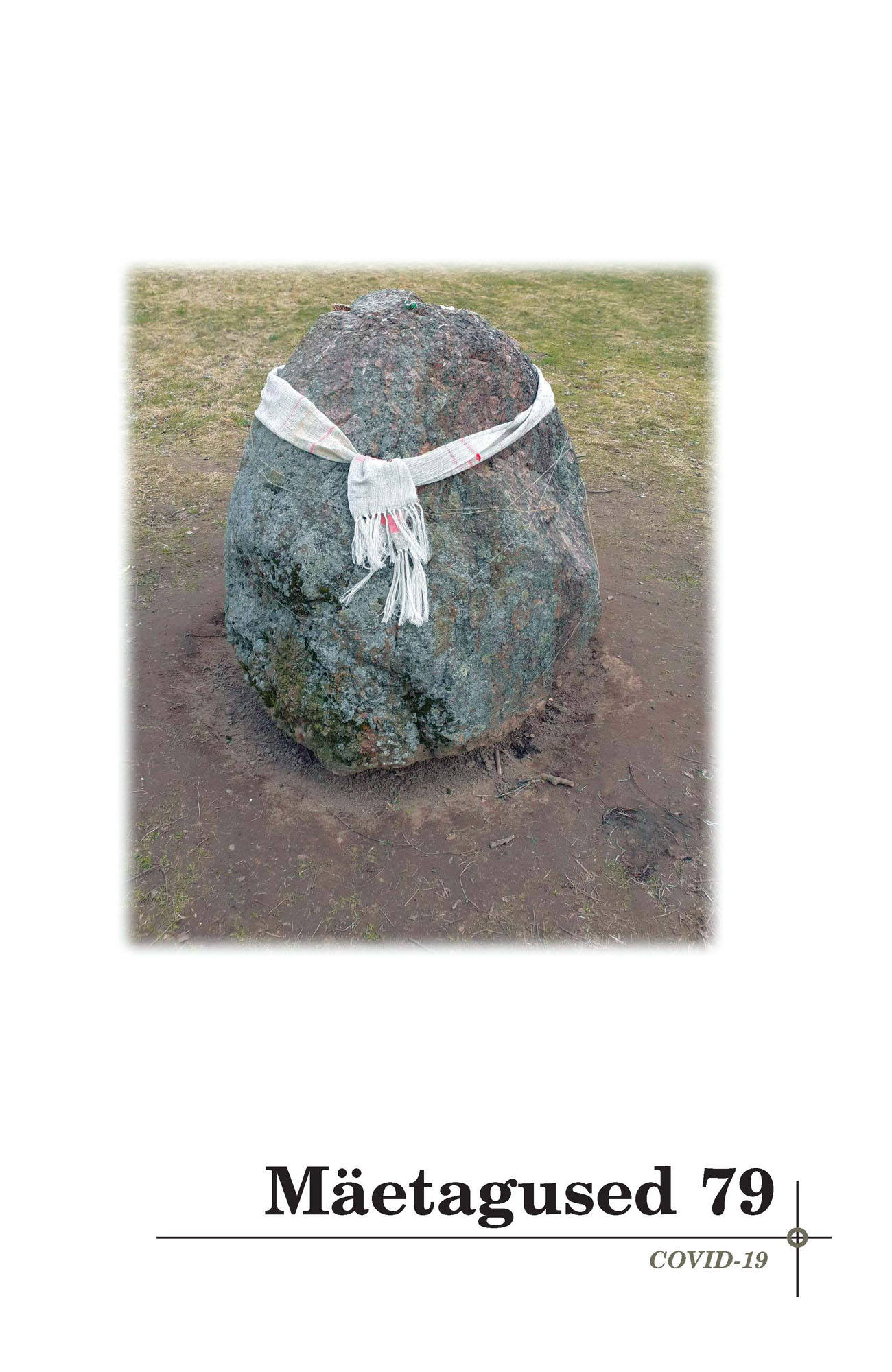“Surm on ainus, mis hirmutab”: viirusnakkushaiguste ja nendega seotud vaktsineerimise tähenduse loomine gripi ja koroonaviiruse näitel
“Death is the only thing that scares”: The construction of meaning about vaccination decision on the example of influenza and coronavirus
Author(s): Kadi Lubi, Eliisa Metsoja, Kaie Eha, Silja Mets-Oja, Lilian RuubenSubject(s): Customs / Folklore, Cultural Anthropology / Ethnology, Culture and social structure , Health and medicine and law
Published by: Eesti Kirjandusmuuseum
Keywords: construction of illness meaning; coronavirus (COVID-19); influenza; vaccination; vaccine hesitancy;
Summary/Abstract: Although relatively easy to overcome for young and healthy individuals, seasonal influenza is a disease with considerable health, social, and economic consequences for society, especially for higher-risk groups. Even though vaccination against influenza is the most effective tool to prevent it, vaccination rates remain rather low. Together with the promotion of neoliberal individual responsibility over one’s health, vaccine hesitancy – a complex phenomenon indicating the lower uptake of vaccines compared to the accessibility of information and services – has risen among societies. In previous research, several barriers – for example, psychological, physical, contextual, and sociodemographic – have been identified as preventing influenza vaccine uptake among risk groups. We approach the topic by using the social constructionist theory regarding the meaning construction of illnesses on cultural, individual, and third-party level. The findings outline the importance of meaning construction on all these levels. It appears that culturally influenza has been seen as an inevitable infectious disease related to the northern climate. Due to that, influenza is not considered as a life-threatening disease that would need preventive actions, except some basic hygiene or usage of folk medicine tools (e.g., ginger and garlic). On an individual level, the meaning construction is based on individual experiences, both with the illness and the vaccine – in the case of negative experiences with vaccine, the perception of something useless or even harmful develops. In addition, it appears that people create their own strategies to rationalize rejection of vaccination for themselves. These involve considerations about belonging to the risk group or the possibility to manage daily activities in non-risky manner even when belonging to the risk group. On the third-party level, participants saw the potential of pharmacies to alleviate practical constraints (e.g., tight schedule, daily occupation, etc.). Different media channels are also important in mediating vaccination-related information, but the rationalization and selection of the channels vary widely. The context of the coronavirus changed the vaccination-related perception temporarily for a short term, indicating that fear-based special occasions do not entail a long-term shift in health behaviour as the development of health-related decisions and behaviour is also long-term.
Journal: Mäetagused. Hüperajakiri
- Issue Year: 2021
- Issue No: 79
- Page Range: 113-136
- Page Count: 24
- Language: Estonian

